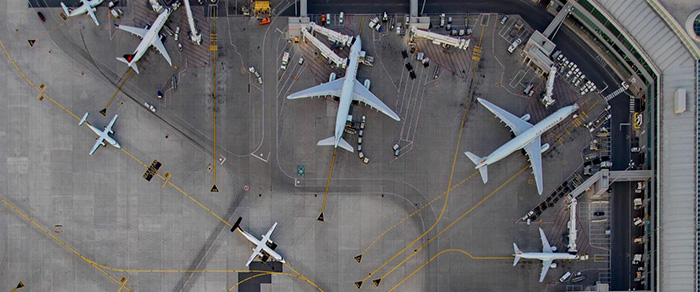
English Air Freight Operation Procedures mainly includes the following parts:
Introduction In this section, briefly introduce the purpose, scope, definition and related parties (such as freight forwarders, airlines, consignees, etc.) of air freight operations.
Booking & Reservation details the steps to book an air freight service, including contacting the freight forwarder or airline, providing cargo details (such as weight, volume, type, destination, etc.), and confirming the shipping space.
Documentation lists all necessary documents related to air freight such as invoice, packing list, air waybill, dangerous goods declaration, etc. Also, briefly describe the purpose of each document and the specific information required.
Packaging & Labeling describes the correct packaging methods and materials to ensure the safe transportation of goods. At the same time, emphasize the importance of labels, providing clear and easy-to-read cargo information and destination addresses.
Cargo Inspection & Security Check explains the inspection process of goods before shipment, including visual inspection of goods, confirmation of transport documents and security inspection. For dangerous goods, a specific inspection process is followed.
Pickup & Delivery to Airport describes in detail the transportation process of the goods from the place of origin to the airport, including the schedule, transportation method, etc. negotiated with the freight forwarder or airline.
Export Customs Clearance explains the documents that need to be submitted during the export customs clearance process, such as customs declarations, commercial invoices, etc. At the same time, it emphasizes compliance with the laws and regulations of the exporting country.
Airway Bill explains what the Air Waybill is, its purpose and how to fill it out.
Loading & Air Transport describes the process by which cargo is loaded onto an aircraft, and how it is transported and tracked through the air.
Import Customs Clearance explains the documents that need to be submitted during the import customs clearance process, such as customs declaration forms
After the air freight arrives at the destination port, the following are the steps involved in the destination port handling process:
1.Arrival Notification: Upon arrival, the airline or freight forwarder will send an arrival notification to the consignee or their agent, informing them that the shipment has arrived at the destination airport.
2.Documentation Check: The consignee or their agent must present the necessary documentation, such as the Air Waybill (AWB), to the airline or freight forwarder's office for verification.
3.Customs Clearance: The consignee or their agent must submit all required documents, including the commercial invoice, packing list, and any necessary certificates or licenses, to the local customs authorities for customs clearance. The goods may be subject to inspection by customs officials.
4.Payment of Charges: The consignee or their agent must pay any applicable charges, such as storage fees, terminal handling charges, or customs duties, before the shipment can be released.
5.Cargo Release: Once all documentation has been verified and all charges have been paid, the airline or freight forwarder will issue a release order, authorizing the consignee or their agent to collect the shipment from the cargo terminal.
6.Cargo Collection: The consignee or their agent will then collect the shipment from the cargo terminal, either by arranging for transportation to their warehouse or facility or by coordinating with a local trucking company for delivery.
7.Inspection and Report: Upon receiving the shipment, the consignee should inspect the cargo for any damages or discrepancies and report them to the airline, freight forwarder, or insurance company as necessary.
